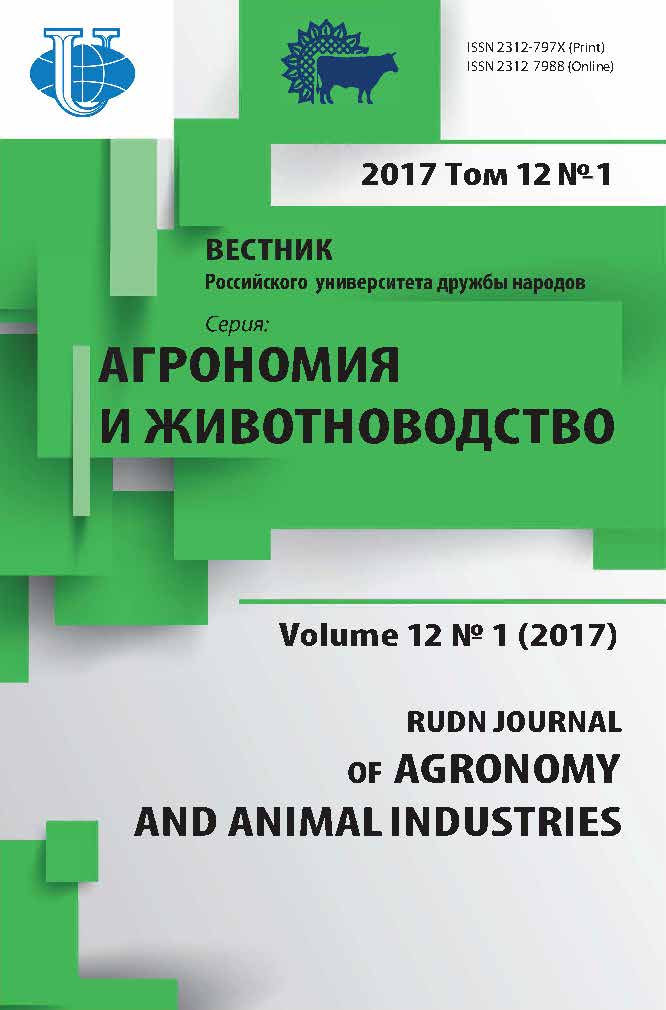Field research of total stations
- Authors: Kevorkov IA1, Parpura DI1, Kurmachev RD1, Priymenko AO1, Galstyan AM1
-
Affiliations:
- Peoples’ Friendship University of Russia (RUDN University)
- Issue: Vol 12, No 1 (2017)
- Pages: 47-57
- Section: Land management
- URL: https://agrojournal.rudn.ru/agronomy/article/view/15665
- DOI: https://doi.org/10.22363/2312-797X-2017-12-1-47-57
- ID: 15665
Cite item
Full Text
Abstract
About the authors
I A Kevorkov
Peoples’ Friendship University of Russia (RUDN University)
Author for correspondence.
Email: kevorkov95@mail.ru
Miklukho-Maklaya st., 6, Moscow, Russia, 117198
D I Parpura
Peoples’ Friendship University of Russia (RUDN University)
Email: admone48@yandex.ru
Miklukho-Maklaya st., 6, Moscow, Russia, 117198
R D Kurmachev
Peoples’ Friendship University of Russia (RUDN University)
Email: 555itb@gmail.com
Miklukho-Maklaya st., 6, Moscow, Russia, 117198
A O Priymenko
Peoples’ Friendship University of Russia (RUDN University)
Email: buga131@mail.ru
Miklukho-Maklaya st., 6, Moscow, Russia, 117198
A M Galstyan
Peoples’ Friendship University of Russia (RUDN University)
Email: aik94.94@mail.ru
Miklukho-Maklaya st., 6, Moscow, Russia, 117198
References
Supplementary files















